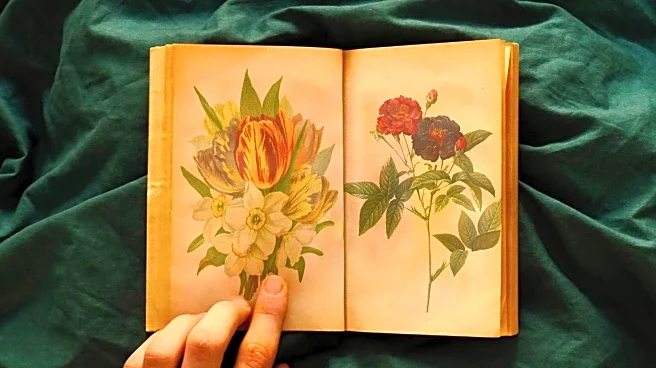What is the story about?
What's Happening?
Researchers have discovered an innovative method to increase interest in botany among high school students by utilizing Taylor Swift's music videos. A study published in the Annals of Botany highlights that Swift's videos, which frequently feature botanical elements, can serve as effective teaching aids. The study notes that out of 61 official music videos by Swift, 53 include botanical imagery. By incorporating these videos into their curriculum, educators have been able to engage students with topics such as photosynthesis, plant morphology, and ecological concepts. This approach aims to combat 'plant blindness,' a term used to describe the general disinterest in plant sciences among students.
Why It's Important?
The use of popular culture, such as Taylor Swift's music videos, in educational settings represents a novel approach to overcoming student apathy towards certain subjects. By leveraging the widespread appeal of a celebrity like Swift, educators can make botany more relatable and engaging. This method not only enhances student interest but also aids in the retention of complex scientific concepts. The broader implication is a potential shift in educational strategies, where integrating elements of popular culture could become a standard practice to enhance learning experiences across various disciplines.
What's Next?
As educators continue to explore innovative teaching methods, the success of using Taylor Swift's videos could inspire similar approaches in other subjects. Schools may begin to incorporate more multimedia resources that resonate with students' interests to improve engagement and learning outcomes. Additionally, further research could be conducted to assess the long-term impact of such methods on students' academic performance and interest in science-related fields.
Beyond the Headlines
This development raises questions about the role of popular culture in education and its potential to influence curriculum design. It also highlights the importance of adapting teaching methods to align with students' interests and cultural contexts. The success of this approach could lead to a reevaluation of traditional educational materials and the integration of more diverse and contemporary resources.
AI Generated Content
Do you find this article useful?













